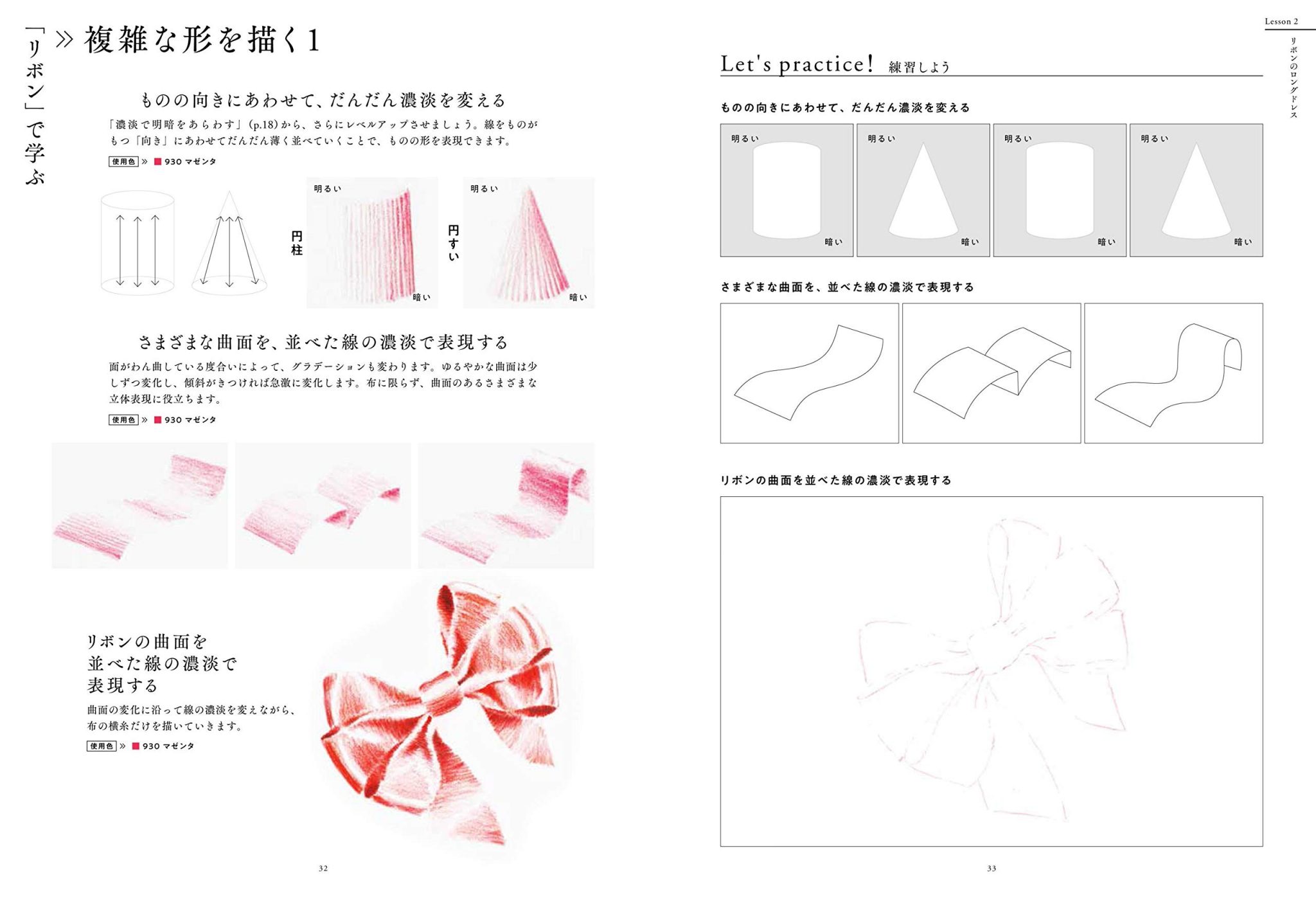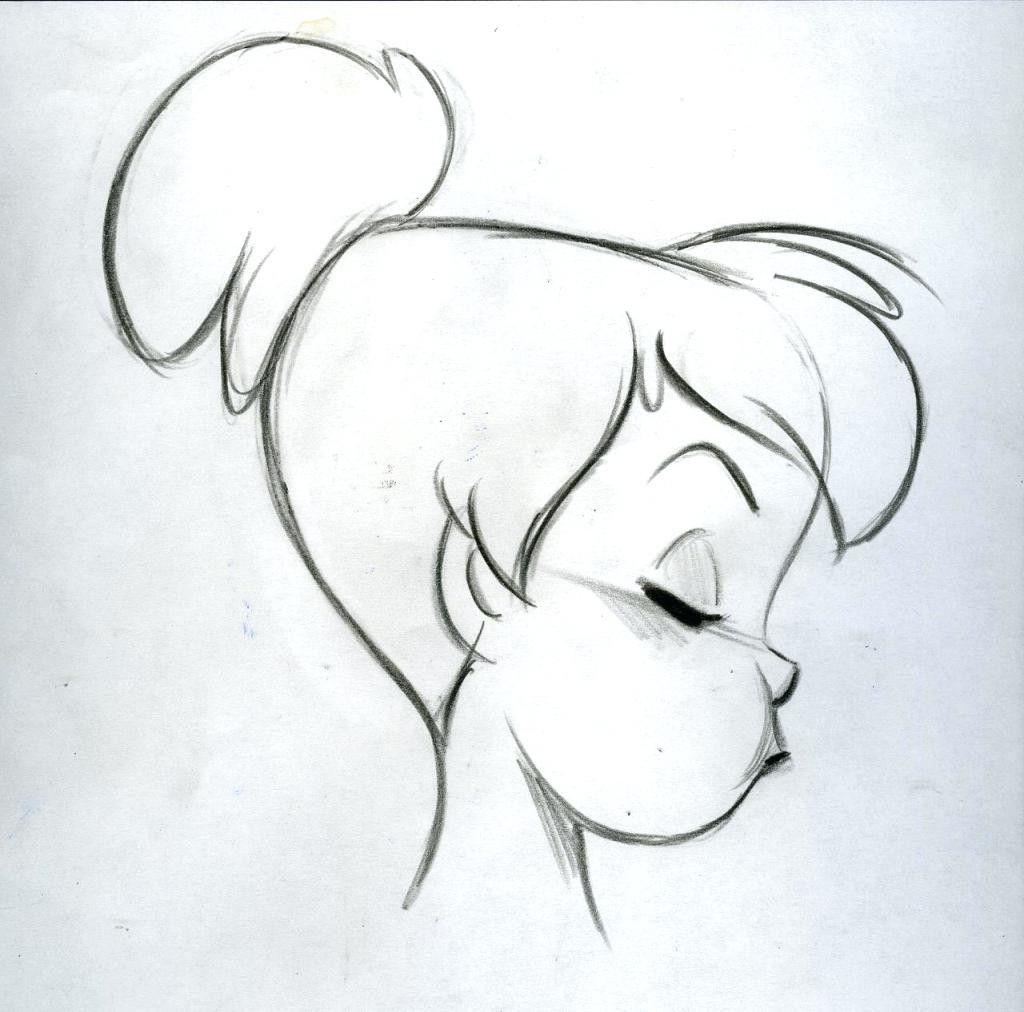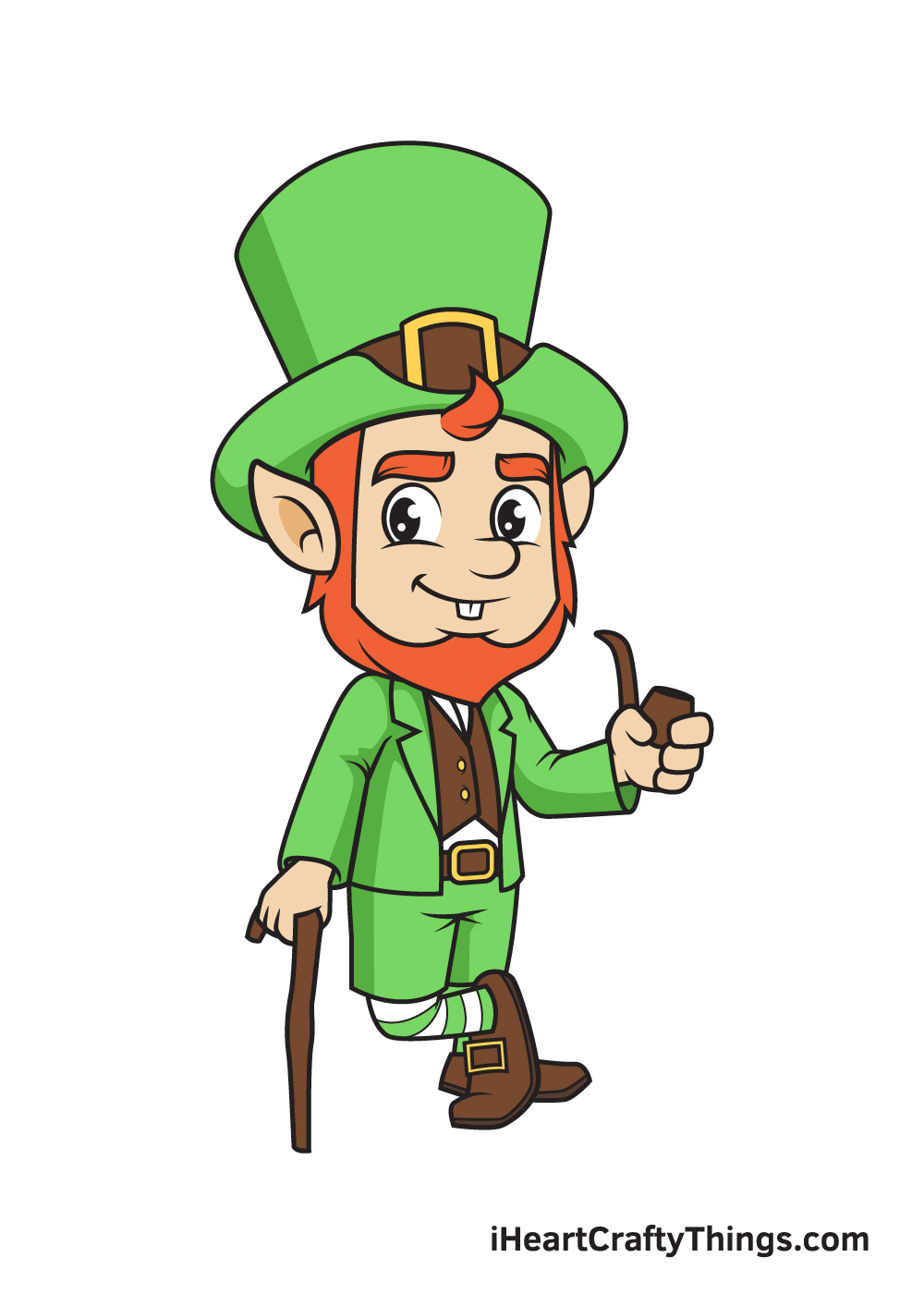Learn artbook
Table of Contents
Table of Contents
Are you tired of feeling frustrated every time you try to draw with pencil? Learning how to draw with pencil may seem daunting at first, but with the right techniques and practice, anyone can master this skill. In this article, we’ll explore some tips and tricks to help you improve your pencil drawing abilities and unleash your creativity.
The Struggle is Real
If you’re reading this, chances are you’ve experienced the frustration of not being able to adequately express yourself through pencil drawing. Perhaps you’ve tried copying other works or following online tutorials, only to end up with a subpar result that doesn’t reflect your artistic vision. Maybe you’re completely new to drawing and aren’t sure where to start. Whatever the case may be, you’re not alone in your struggle.
Getting Started with Pencil Drawing
So, how do you go about learning how to draw with pencil? The first step is to make sure you have the necessary tools. Invest in good-quality pencils, erasers, and paper. Next, start gathering reference images, whether online or in physical form. These can help inspire you and give you an idea of what you want to create. Once you have your materials and inspiration, start practicing fundamental skills such as shading, composition, and proportion.
Tips and Tricks to Improve Your Pencil Drawing
Now that you’ve got the basics down, let’s explore some tips and tricks to help take your pencil drawing to the next level. First, don’t be afraid to make mistakes - they’re a natural part of the learning process. Consider joining a drawing group or class to receive constructive criticism and feedback. Additionally, experiment with different types of pencils and papers to find what works best for you. Finally, practice regularly and don’t give up - with persistence and dedication, you’ll see your skills improve over time.
The Importance of Patience
In my personal experience, learning how to draw with pencil has been a journey filled with frustration and moments of self-doubt. However, with patience and perseverance, I’ve seen my skills improve and my confidence grow. Drawing has become a therapeutic outlet for me, allowing me to express myself creatively and explore new ideas.
Drawing Inspiration from Nature
One of my favorite ways to improve my pencil drawing is by getting outside and drawing from nature. Not only is it a great way to practice observation skills and hone your technique, but it also helps you connect with the world around you. Try sketching trees, flowers, or the landscape around you, and see how it affects your drawing abilities.
Exploring the World of Colored Pencil
Another great way to expand your pencil drawing skills is by experimenting with colored pencils. While they may seem intimidating at first, they can add a whole new dimension to your work. Start by practicing blending techniques and color theory, and don’t be afraid to get creative with your color choices.
Incorporating Emotion into Your Pencil Drawing
One way to take your pencil drawing to the next level is by incorporating emotion into your work. Consider what feelings you want to convey through your drawing and use techniques such as shading and composition to achieve your desired effect. Remember, a pencil drawing isn’t just a representation of what you see - it’s a reflection of how you feel.
Question and Answer
Q: What should I do if I feel stuck in my pencil drawing?
A: Take a step back and evaluate your work. Consider what might be causing your frustration and try to pinpoint specific areas where you need improvement. Don’t be afraid to seek guidance from others, whether through online forums, books, or classes.
Q: How do I know which shading technique to use?
A: Experiment with different techniques and see which ones work best for you. Try hatching, crosshatching, and stippling - each can create a distinct look and feel. You can also consider the type of emotion you want to convey and choose a technique accordingly.
Q: How do I make my pencil drawings more realistic?
A: Pay attention to details such as light source, tonal values, and perspective. Consider using reference images to guide your work and practice observing real-life objects and scenes. Additionally, use techniques such as blending and layering to create depth and texture.
Q: Is it okay to copy other artists’ work?
A: While it can be helpful to learn from other artists’ techniques, it’s important to always give credit where credit is due. Additionally, try to use other artists’ work as inspiration rather than exact replicas - put your own unique spin on it.
Conclusion of Learn How to Draw with Pencil
Learning how to draw with pencil is a journey that requires patience, practice, and dedication. Whether you’re a complete novice or an experienced artist, there’s always room for improvement. By incorporating some of the tips and tricks outlined in this article and exploring your own techniques, you’ll be on your way to creating stunning pencil drawings in no time.
Gallery
Learn How To Draw A Pencil Real Easy | Step By Step With Easy - Spoken Instructions - YouTube

Photo Credit by: bing.com / pencil draw learn
Learn To Draw Pencil Sketch In 8 Simple Steps - Pencil Perceptions

Photo Credit by: bing.com /
Learn How To Draw A Pencil With These Super Easy Steps. Great For Kids And Beginners! You Will

Photo Credit by: bing.com /
Learn Pencil Drawing For Kids 045

Photo Credit by: bing.com / draw drawing kids learn step pencil stick figures printable figure drawings easy coloring activities videos fun worksheets cartoon basic children
How To Draw Beautifully With Colored Pencil: Learn An Easy Technique! - Monomania

Photo Credit by: bing.com / learn artbook






